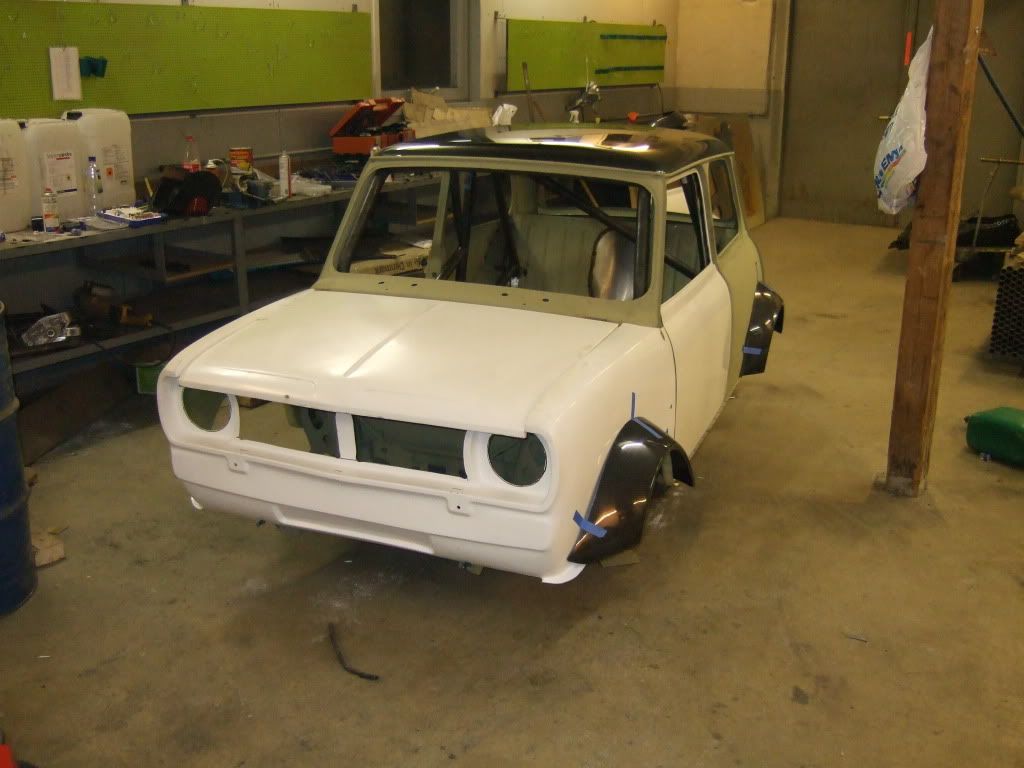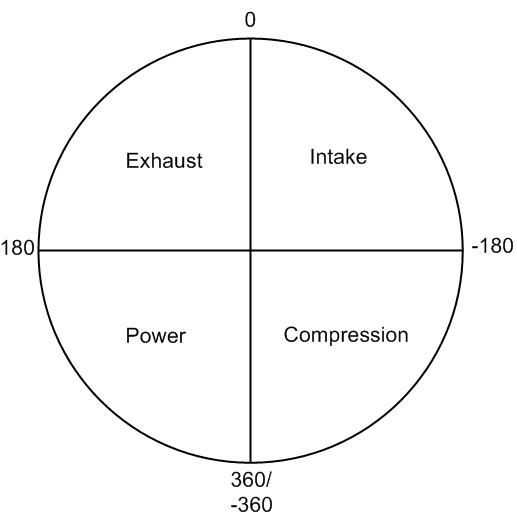| Page: |
| Home > Rod trials and testing > Siamese Code Trial - Take Five - R | |||||||
 (2)[/url] by [url=https://www.flickr.com/photos/150672766@N03/]Rod Sugden[/url], on Fli) 5988 Posts Member #: 2024 Formally Retired Rural Suffolk |
4th Jun, 2009 at 06:22:16pm
The "R" is to differentiate between mine and Paul's.....
Edited by Rod S on 4th Jun, 2009. Schrödinger's cat - so which one am I ??? |
||||||
|
4314 Posts Member #: 700 Formerly British Open Classic The West Country |
4th Jun, 2009 at 06:28:07pm
Exciting stuff. Isambard Kingdom Brunel said:
Nothing is impossible if you are an Engineer |
||||||
|
8604 Posts Member #: 573 Formerly Axel Podland |
4th Jun, 2009 at 06:38:46pm
Great stuff.
Saul Bellow - "A great deal of intelligence can be invested in ignorance when the need for illusion is deep."
|
||||||
 (2)[/url] by [url=https://www.flickr.com/photos/150672766@N03/]Rod Sugden[/url], on Fli) 5988 Posts Member #: 2024 Formally Retired Rural Suffolk |
4th Jun, 2009 at 06:59:17pm
On 4th Jun, 2009 Rob H said:
Exciting stuff. ...... or a long and slippery slope to hours of frustration..... On 4th Jun, 2009 Paul S said:
I would reduce your injection advance to see if that richens up the outer cylinders. You should be able top get them close at idle with two pulses. With the IACV, mine now only wants very little opening steps to get the right idle at this time of year. Is your CLT sensor giving ambient temperature at start? Yes, I'll do the "normal" things (ie, following what you have found) as soon as I get the idle valve sorted - in your msq (albeit quite old now) you had it on open loop and I would prefer closed loop..... but I couldn't get mine to do what I wanted on either 
My CTS is not reading entirely right yet as (a) I haven't entered the Weber/Marelli tables (the default GM ones are quite close anyway) and (b) I haven't yet made the adaptor for the thermo housing (as per our PMs a couple of weeks ago) so it's temporarily clamped to the heater valve. Another first class bodge just to get things running..... so it's reading about 20 degrees low. But, when I looked at the default afterstart enrichment tables, they are set at something in the high 20% for 82 degrees ????? Doesn't make sense at the moment, but the closed loop control table was what I would have expected (IACV position vs RPM) but it just didn't work. Schrödinger's cat - so which one am I ??? |
||||||
|
8604 Posts Member #: 573 Formerly Axel Podland |
7th Jun, 2009 at 06:37:36pm
Any progress?
Saul Bellow - "A great deal of intelligence can be invested in ignorance when the need for illusion is deep."
|
||||||
 (2)[/url] by [url=https://www.flickr.com/photos/150672766@N03/]Rod Sugden[/url], on Fli) 5988 Posts Member #: 2024 Formally Retired Rural Suffolk |
7th Jun, 2009 at 07:30:56pm
Sorry Paul,
Schrödinger's cat - so which one am I ??? |
||||||
|
8604 Posts Member #: 573 Formerly Axel Podland |
7th Jun, 2009 at 08:05:34pm
The problem then is usually the "closed" position. If it is not working consistantly then it is usually due to it not returning correctly.
Saul Bellow - "A great deal of intelligence can be invested in ignorance when the need for illusion is deep."
|
||||||
 (2)[/url] by [url=https://www.flickr.com/photos/150672766@N03/]Rod Sugden[/url], on Fli) 5988 Posts Member #: 2024 Formally Retired Rural Suffolk |
8th Jun, 2009 at 04:55:54pm
After much searching the MS-Extra forum and playing indoor with the JimStim with the IAVC sitting next to me, I think I've found most of the answers in here
Schrödinger's cat - so which one am I ??? |
||||||
|
1267 Posts Member #: 831 Post Whore Montreal, Canada |
8th Jun, 2009 at 05:16:57pm
Yeah, things have changed quite a lot on that front in the last few releases of the base code and the documentation is all over the place. And I can see how it would be confusing to get it to do what you want if it's going the opposite way of what you're expecting.
|
||||||
 (2)[/url] by [url=https://www.flickr.com/photos/150672766@N03/]Rod Sugden[/url], on Fli) 5988 Posts Member #: 2024 Formally Retired Rural Suffolk |
9th Jun, 2009 at 03:07:00pm
So I got the IAVC working the way I wanted on the JimStim but before I put it back on the engine I decided to look at the PWM for low z injectors to make sure I'd got that about right.
Schrödinger's cat - so which one am I ??? |
||||||
 (2)[/url] by [url=https://www.flickr.com/photos/150672766@N03/]Rod Sugden[/url], on Fli) 5988 Posts Member #: 2024 Formally Retired Rural Suffolk |
9th Jun, 2009 at 03:19:58pm
And when I ran it for real....
Schrödinger's cat - so which one am I ??? |
||||||
|
1267 Posts Member #: 831 Post Whore Montreal, Canada |
9th Jun, 2009 at 04:24:02pm
Rod,
|
||||||
|
8604 Posts Member #: 573 Formerly Axel Podland |
9th Jun, 2009 at 04:25:05pm
Great stuuf. Let me know your closed loop IACV settings when yu have it sorted. I might try that at some time. Saul Bellow - "A great deal of intelligence can be invested in ignorance when the need for illusion is deep."
|
||||||
 (2)[/url] by [url=https://www.flickr.com/photos/150672766@N03/]Rod Sugden[/url], on Fli) 5988 Posts Member #: 2024 Formally Retired Rural Suffolk |
9th Jun, 2009 at 08:30:50pm
And then I ran out of petrol.....
Schrödinger's cat - so which one am I ??? |
||||||
|
8604 Posts Member #: 573 Formerly Axel Podland |
10th Jun, 2009 at 08:30:33am
Erm....
Saul Bellow - "A great deal of intelligence can be invested in ignorance when the need for illusion is deep."
|
||||||
 (2)[/url] by [url=https://www.flickr.com/photos/150672766@N03/]Rod Sugden[/url], on Fli) 5988 Posts Member #: 2024 Formally Retired Rural Suffolk |
10th Jun, 2009 at 10:02:22am
Mental block between doing it in the garage, finding my camera batteries were flat, running out of petrol, then eventually typing on the PC....
Schrödinger's cat - so which one am I ??? |
||||||
|
8604 Posts Member #: 573 Formerly Axel Podland |
10th Jun, 2009 at 01:02:46pm
Erm.....
Saul Bellow - "A great deal of intelligence can be invested in ignorance when the need for illusion is deep."
|
||||||
 (2)[/url] by [url=https://www.flickr.com/photos/150672766@N03/]Rod Sugden[/url], on Fli) 5988 Posts Member #: 2024 Formally Retired Rural Suffolk |
10th Jun, 2009 at 01:11:50pm
On 10th Jun, 2009 Paul S said:
If you are firing the injector at the 90 degree setting, that is 180 degrees before the valve is wide open. Now you have me confused..... the way Jean explained it when I couldn't understand why the 90/270 setting wasn't giving the two consecuitive pulses on the Stim (ages ago before I had an engine to play with) was that the degree figure is always relative to the TDC of the cylinder it's operating on. So 90 degrees (After TDC) is half way through the intake stroke so, depending on exact cam timing, about when the valve is fully open.... Or am I missing something obvious again ??? Everything I've seen on the scope, including an absolute reference to my trigger wheel and phase sensor, seems to bear this out.   
Schrödinger's cat - so which one am I ??? |
||||||
|
8604 Posts Member #: 573 Formerly Axel Podland |
10th Jun, 2009 at 01:32:05pm
That's not how I understand it, but then I may be wrong.
Saul Bellow - "A great deal of intelligence can be invested in ignorance when the need for illusion is deep."
|
||||||
 (2)[/url] by [url=https://www.flickr.com/photos/150672766@N03/]Rod Sugden[/url], on Fli) 5988 Posts Member #: 2024 Formally Retired Rural Suffolk |
10th Jun, 2009 at 01:39:25pm
Hmmmm.
Edited by Rod S on 10th Jun, 2009. Schrödinger's cat - so which one am I ??? |
||||||
 1849 Posts Member #: 672 The oversills police Oslo, Norway |
10th Jun, 2009 at 02:20:45pm
On 10th Jun, 2009 Rod S said:
Hmmmm. BTW, is there any way of keeping the alternate dials in Megatune (ie, like the MAP one I have here)..... every time I change them, they revert to the originals when I restart.... I think you can do that in the megatune .ini file. |
||||||
|
1267 Posts Member #: 831 Post Whore Montreal, Canada |
10th Jun, 2009 at 02:53:35pm
The timing is for advance like it is for ignition timing. So a positive value is for BTDC and a negative is for ATDC. The best thing is to refer to this pic that I now have on my web page:
|
||||||
|
1267 Posts Member #: 831 Post Whore Montreal, Canada |
10th Jun, 2009 at 02:56:43pm
And for the Megatune dials, as miniminor says you can change the ini file to make that permanent. Or you can use TunerStudio and it will ask if you want to save your changes when you exit.
|
||||||
|
8604 Posts Member #: 573 Formerly Axel Podland |
10th Jun, 2009 at 02:58:53pm
Phew, that's a relief.
Saul Bellow - "A great deal of intelligence can be invested in ignorance when the need for illusion is deep."
|
||||||
 (2)[/url] by [url=https://www.flickr.com/photos/150672766@N03/]Rod Sugden[/url], on Fli) 5988 Posts Member #: 2024 Formally Retired Rural Suffolk |
10th Jun, 2009 at 03:12:31pm
Oh well,
Schrödinger's cat - so which one am I ??? |
||||||
| Home > Rod trials and testing > Siamese Code Trial - Take Five - R | |||||||
|
|||||||
| Page: |











